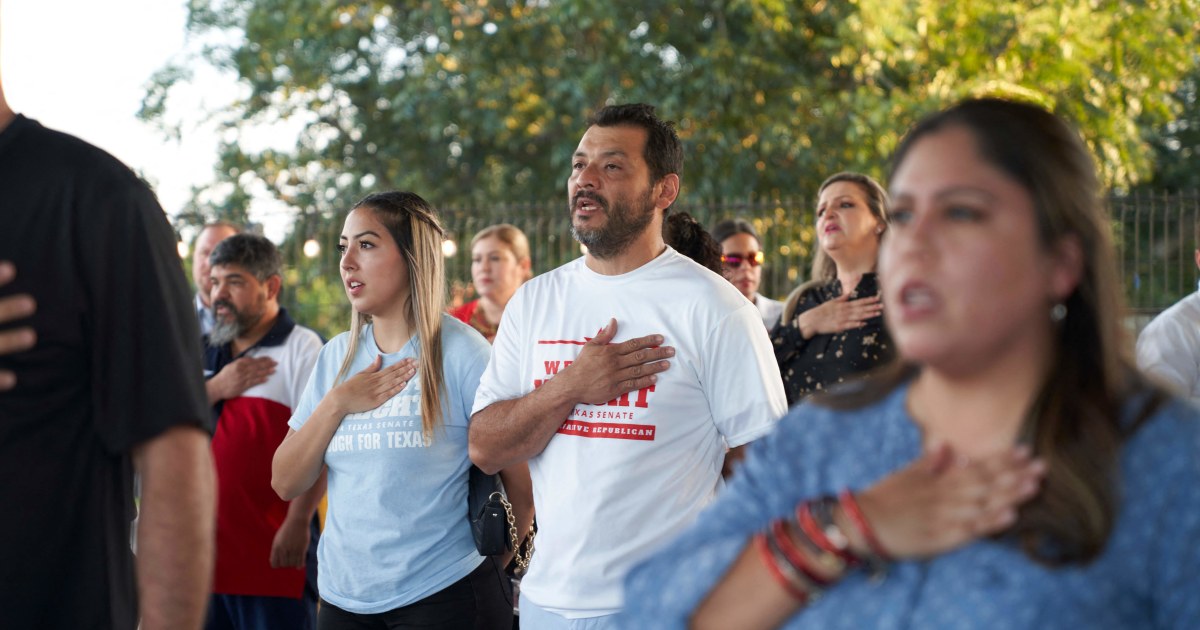The statue of Christopher Columbus in Mexico City, which had been removed at the end of last year for restoration, says goodbye to the most emblematic avenue of the capital and will be replaced by a sculpture in homage to indigenous women.
"Columbus, of course, he was a great universal character and we must also recognize him, but
we believe that, in the center of our city, there must be recognition of indigenous women
and, therefore, this monument," he argued on Sunday. Mayor Claudia Sheinbaum, making the announcement.
[A brutal racist past or Hispanic history? Latinos fight over the statues of the Spanish colonization]
"The statue of Columbus will be relocated in Parque América, in the Miguel Hidalgo mayor's office, in collaboration with the National Institute of Anthropology and History (INAH)," according to the Government of Mexico City in a bulletin.
The new statue statue that will be placed on Paseo de la Reforma this year will be called
Tlali
, which means "land" in Nahuatl.
The sculpture is being made by the Mexican sculptor Pedro Reyes, it is 6.5 meters high
and will have a base made of tezontle, according to the EFE news agency.
In addition, it recovers the "ancestral tradition of direct stone carving, which arose more than 4,000 years ago with the colossal Olmec heads," the text pointed out.
The decision joins a series of initiatives that have taken place this year aimed at rethinking and, especially to rename, ephemeris of Mexican history just when the 500 years of the fall of Tenochtitlan, the Mexican capital, into the hands of the Spanish.
A pedestrian takes a photo of graffiti on a temporary metal barrier placed to protect the perimeter of the Christopher Columbus statue that was removed by authorities on Paseo de la Reforma in Mexico City, on October 12, 2020.AP Photo / Fernando Llano
The statue of Columbus was built in the mid-19th century by the French sculptor Charles Cordier and financed by the Mexican industrialist Antonio Escandón.
The monument arrived in Mexico through the eastern state of Veracruz in 1875 and was installed a few years later in the capital, as recalled in the book "The raised monument in Mexico City to Christopher Columbus. Description and History", by Luis García Pimentel.
[In photos: This is how the Mexico City subway collapsed]
Until then, it had been an important landmark on the 10-lane boulevard that is one of the main arteries of the capital and a favorite target of protesters who often banzalized it with graffiti denouncing the European repression of Mexico's indigenous civilizations.
Hundreds of people celebrate the International Day of Indigenous Peoples in Mexico City
Aug. 10, 202100: 23
The sculpture was removed last year supposedly for its restoration, shortly before October 12, when in Mexico the Day of the Race is commemorated and in Spain the “discovery” of America.
In the United States, this day is called Columbus Day (Columbus Day) because it was when the navigator arrived on the American continent in 1492.
When the statue was removed last year, President Andrés Manuel López Obrador said that, according to his data, it was lowered "to restore it" and that the fact that it had coincided with the October anniversary should not be "misunderstood".
[Mexico City authorizes abortion up to five months of pregnancy]
Now it seems that his words were only intended to soften an issue that continues to be the subject of debate on both sides of the Atlantic, especially since the president urged Spain to apologize for the massacres committed during the conquest.
The petition was criticized by Mexican academics and indigenous groups such as the Zapatistas, who considered it demagogic.
However,
there are academics who have opted in recent years to review stereotypes in history that have promoted racist attitudes
and to flee from readings that divide the past into good and bad.
For now, the changes have been more in form than in substance.
The fifth centenary of the end of the Mexica empire was commemorated as August 13 as the beginning of the indigenous resistance and the so far known as “sad night” —which referred to the worst defeat suffered by Hernán Cortés in June 1520— it was renamed "victorious night."
Bandalized statue of Christopher Columbus on the Paseo de la Reforma in Mexico City, on September 28, 2020.AP Photo / Marco Ugarte
In Spain it is not a dead issue for the most radical sectors of the country.
The far-right Vox party, the third political force in parliament, said on its official Twitter account on the occasion of the fall of Tenochtitlan that “Mexico and all of America should thank the Spanish for bringing civilization and ending the reign of terror and barbarism to which they were subjected ”.
[Final touches to the Angel of Independence in Mexico City after two years of restoration]
Instead of remembering the massacres and deaths from the diseases that the conquest caused, there were those who responded in a more ironic way.
Ruben Ríos Uribe, a deputy from Morena, the ruling party in the state of Veracruz, chose days later to post this message "for freedom and democracy" on his networks.
“You have to invade Spain and bring the Republic to them.
It cannot be that they continue to have a king in the XXI century ”.
With information from AP and EFE.




/cloudfront-eu-central-1.images.arcpublishing.com/prisa/PGFLWZYGBFG7FBITHUY7ILSNBQ.jpg)




